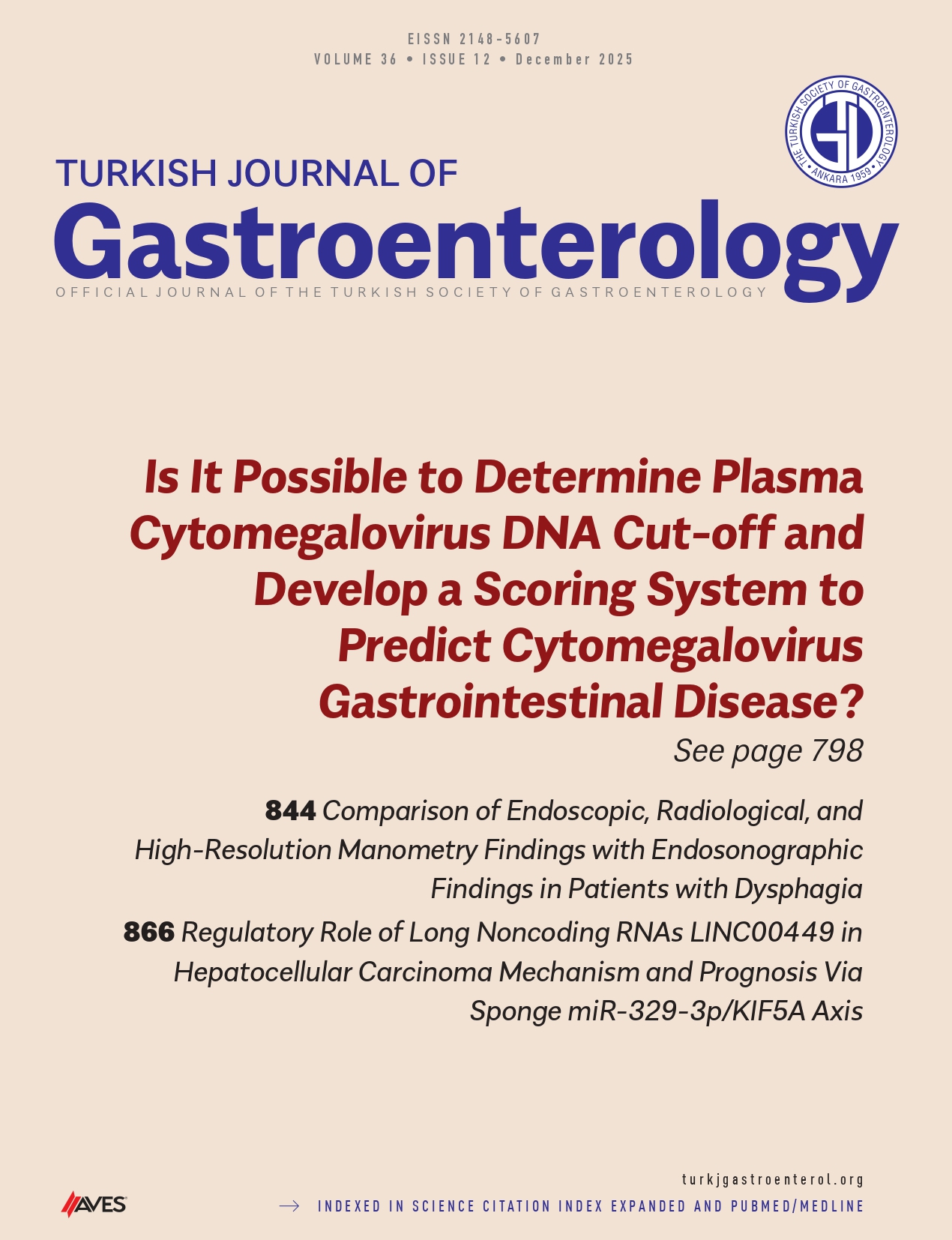Abstract
INTRODUCTION: Acute liver injury may precede clinical encephalopathy so we wanted to point to the fact that sexually transmitted coinfections seen at different stages depending on different incubation periods, can cause severe acute liver injury.
CASE: A 36-years-old male patient with complaints of progressive malaise, jaundice of the eyes and skin, hand and foot rash was admitted to the state hospital. He had no history of chronic disease and surgical operation. He was married. He and his wife had no pathological findings in their premarital examination, VDRL, hepatitis screening. He and she had no hepatitis B vaccination history; no blood transfusion history. He denied unprotected sexual exposure. In the state hospital, his laboratory test results were: ALT:2912 U/L, AST:1333 U/L, Total bilirubin/Direct bilirubin(TB/DB): 7.3/5.6 mg/dl, Prothrombin time(PT): 15 sec, Platelet count(PLT):212000 u/L, HBsAg(+), AntiHBcIgM(+), AntiHAVIgM(-). VDRL titer was 1/16 and TPHA titer was 1/840. According to these results, he was treated with a single dose im 2.4 million units of Benzatin Penicillin. After the first evaluation, he was referred to our hospital with the preliminary diagnosis of acute liver injury. On physical examination, He was moderate-fine, cooperated and orientated. There were desquamous lesions on the palms and feet. His sclera and whole skin were icteric. Abdominal examination revealed right upper quadrant tenderness. He had a painless penile lesion one month ago but not detected in the current evaluation. Despite appropriate supportive therapy, his liver function tests and coagulation markers deteriorated. At the end of the second week of his complaints, his laboratory findings were: ALT:2784 U/L, AST:2260 U/L, TB/DB:20.8/14.7 mg/dl, PT:20.1 sec, INR:1.5, PLT:227000 u/L. After informed consent of the patient, entecavir 1x0.5 mg/day oral treatment was started and then clinical and laboratory improvement was observed. On 36th day of the hospitalization and 23rd day of entecavir treatment, ALT:468 U/L, AST:224U/L, (TB/DB):6.4/3.2 mg/dl, PT:17.6 sec, INR:1.31, PLT:173000 U/L, and he was discharged with recommendations. When controlled, HBV DNA levels of our patient were 373000 IU/ml when he was hospitalized; this value regressed to 119000 IU/ml before entecavir was started. The last HBV DNA level after entecavir treatment was 1560 IU/ml.
At the same time, the patient’s wife results were: VDRL(+), TPHA(+), HBsAg(-), AntiHBs(-), Anti-HBcTotal(-). She was treated with Benzatin Penicillin and hepatits B vaccination was started.
CONCLUSION: Syphilitic hepatitis is important as it is a reversible cause of liver dysfunction. In our case, vaccination opportunities for HBV were missed both in childhood and after premarital examination. If we do not give a severe education to the society about the importance of sexually transmitted diseases, HBV vaccination and condom use, we can not prevent transmission of multipl diseases and severe clinical results.




.png)
.png)